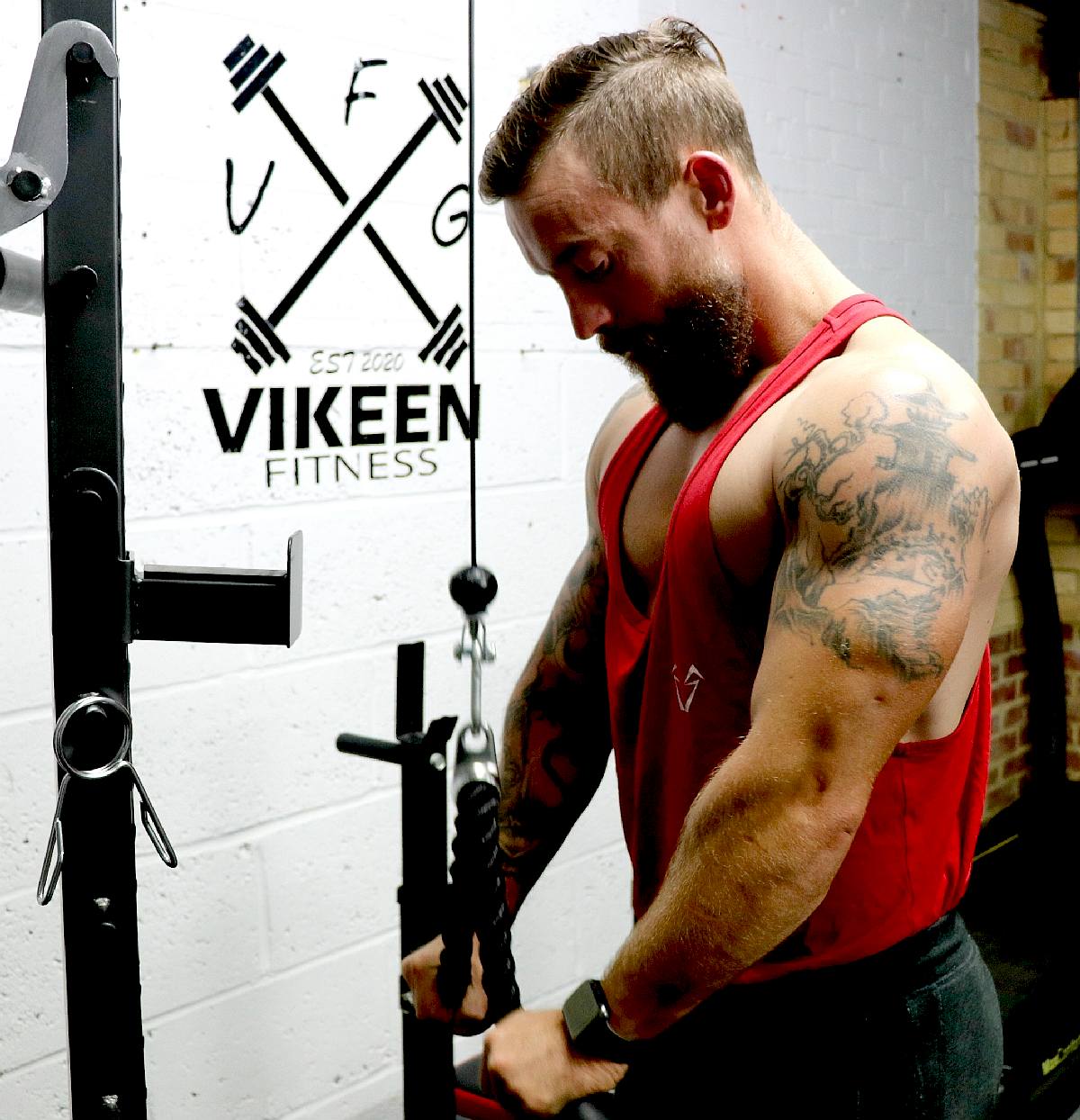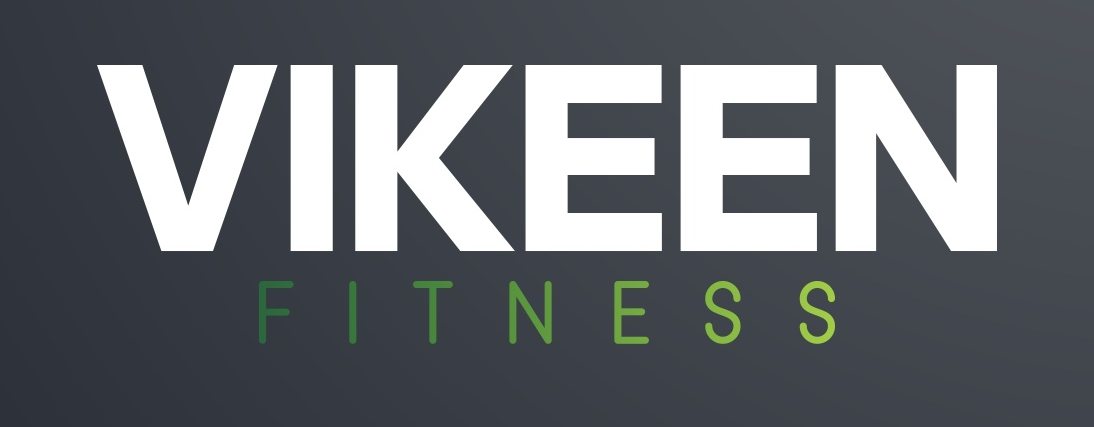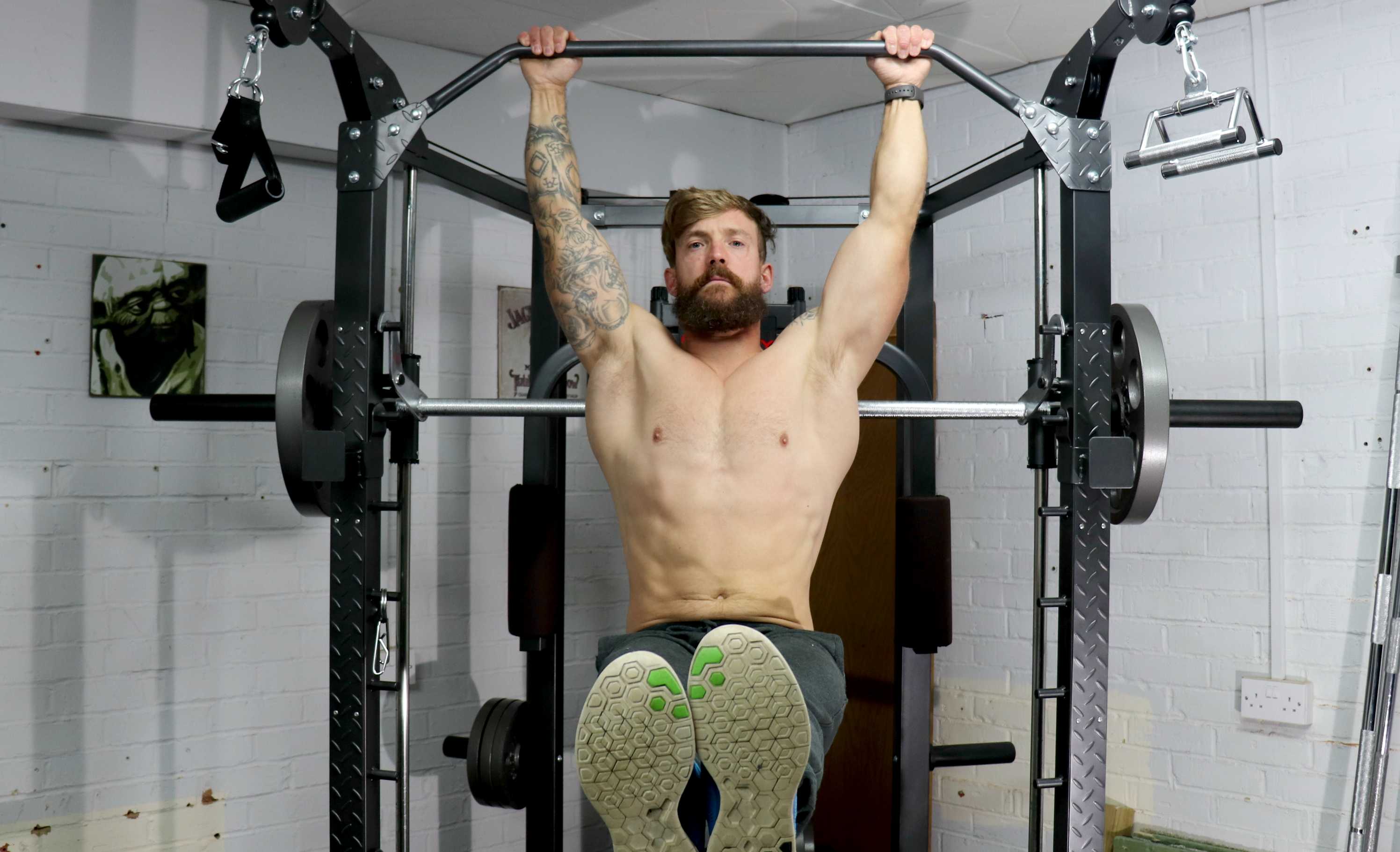
We
don't all have the time to look like The Rock or perform like a gymnast,
but with a few minutes twice a week we can gain a few years back, look
and feel great - and it need not cost the earth. If you like that healthy
feeling, you may want to increase your workouts.
Bodybuilding is about just that: building your body.
One of the biggest mistakes made is trying to bulk up right away.
Bulking up was a term used in the 60s by some of the older bodybuilders who wanted to put on size fast, and it’s still popular today. That said, it’s usually done by experienced bodybuilders, not beginners. Of course you want to gain size and weight, but it has to be the right type of weight with quality muscle. While it may come slower, it will look better and last much longer.
If you want to get serious about bodybuilding, you’ll need to navigate your nutrition and training with military precision. Your regime will differ wildly if you’re gunning for gains (bulking) vs shredding fat (cutting) 12 weeks out from a competition. There’s not much room for a Friday night pint in either of these.
This is going to be tough (near impossible) for most beginners, but it's achievable.
If you’re just starting out, it’s really going to depend on your work schedule and hours that you can train, but I would suggest to try and get in three days a week and split them every other day.
Start with basic exercises for each body part and do two exercises—3 sets of 8-12 reps for each part.
- Working the Back: Back exercises would include a pull-down movement and then a seated pull-in movement. Same sort of sets and reps as before. This, too, works the other parts of the body indirectly.
- Working the Arms: I like supersets such as cable curls
super-setted with triceps pushdowns, 3 sets of 10 each. This is great for beginners and you don’t need much as you already have used your arms for the other body parts.
- Working the Legs: Its simple working the legs by doing leg curls, leg extensions, and leg and calf presses. 3 sets each and 12 to 15 reps should be enough to exhaust you.
- Working the Abs: One of the best exercises is hanging abs leg raises with the straps. It works the entire core and will really bring out definition.
- Finisher: You can finish off with 20 minutes of cardio, your choice, treadmill or bike.
This is a basic beginning bodybuilding workout and it will get you off to a good start. Your body will adapt pretty easy, and within three weeks, you’ll want to change the exercises around to new ones. You can become stale and bored with the same thing, so don’t be afraid to substitute exercises in place of each other. For example: Instead of dumbbell flies, use cable crossovers. It’s OK to step outside the box—that’s how the greats do it.
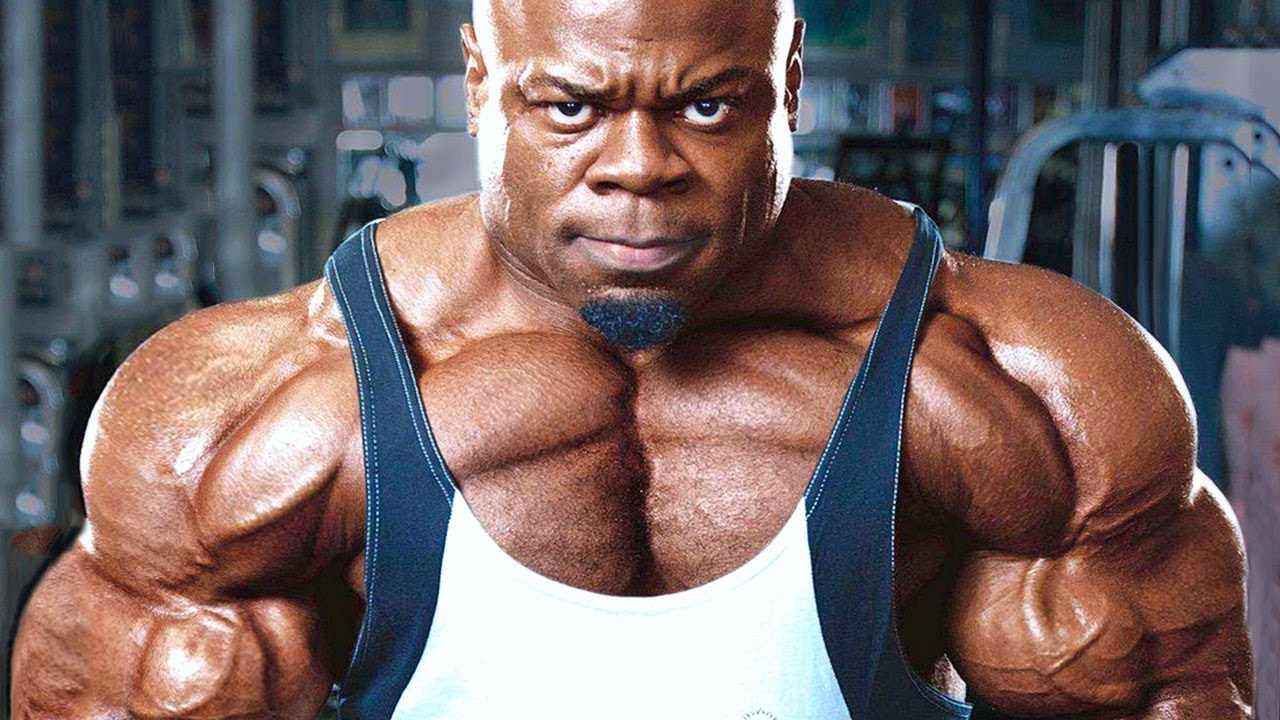
Brilliant
- Leslie Kai Greene, better known as Kai Greene or Kai L. Greene, is an American retired professional bodybuilder, personal trainer, artist, and actor. He came in second place at the 2012, 2013, and 2014 editions of the IFBB's Mr. Olympia competition and hasn't competed in it
since. He iis often regarded as one of the best bodybuilders to have never won the competition.
The number of hours in the gym, depends on your training splits. These should coincide with your ordinary weekly routine, or you'll not be able to keep to it. Ideally, every other day, or three times a week if you can manage it.
Arnie’s notoriously hardcore double-split (six times per week, twice a day) doesn’t really tie in with most schedules, other than professionals. Hence, you're unlikely to be able to stick at it.
Terry follows the old-school bodybuilding mentality of isolating each muscle group (back, shoulders, chest, legs and arms) on a five-day cycle. If he’s trying to grow a certain muscle group, he may introduce a second workout on the sixth day.
There are a few essential bodybuilding exercises to focus on if you’re after serious bulk. The staple compound lifts: squats, deadlifts, shoulder press, bench press. These are are vital in any routine worth pursuing.
MIXING IT UP
Once your body knows you're doing the same thing week in, week out, it'll make it easier. Your body naturally resists breaking down muscle groups – and it will adapt (plateau) to avoid doing this wherever possible.
Scaling up weight and modifying reps are obviously both important for progression, but playing with different set styles will shock your body and keep things interesting. So, change your routine every month or so.
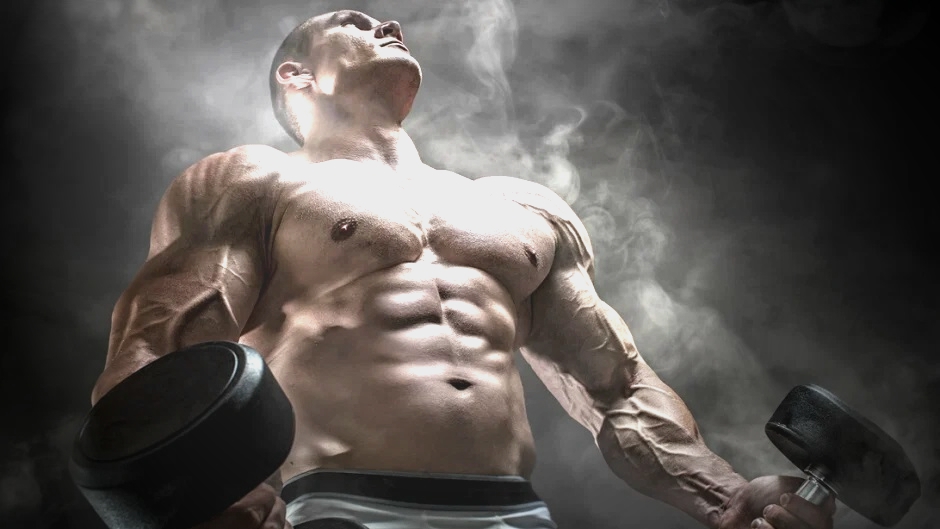
PROGRESSIVE RESISTANCE EXERCISES
Bodybuilding is the use of progressive resistance exercise to control and develop one's muscles (muscle building) by muscle hypertrophy for aesthetic purposes. It is distinct from similar activities such as
power lifting because it focuses on physical appearance instead of strength.
An individual who engages in this activity is referred to as a bodybuilder. In professional bodybuilding, competitors appear in lineups and perform specified poses (and later individual posing routines) for a panel of judges who rank them based on symmetry, muscularity, size, conditioning, posing, and stage presentation. Bodybuilders prepare for competitions through the elimination of nonessential body fat, enhanced at the last stage by a combination of extracellular dehydration and carbo-loading, to achieve maximum muscular definition and vascularity; they also tan and shave to accentuate the contrast of their skin under the spotlights.
Body building takes a great amount of effort and time to reach the desired results. A bodybuilder might first be able to gain 8–20 pounds (4–9 kg) a year, if he or she lifts for seven hours on a weekly basis. However, gains begin to slow down after the first two years to about 5–15 pounds (2–7 kg). After five years, gains can decrease to just 3–10 pounds (1–5 kg).
IFBB MR OLYMPIA
The winner of the annual IFBB Mr. Olympia contest is generally recognized as the world's top male professional bodybuilder. Since 1950, the NABBA Universe Championships have been considered the top amateur bodybuilding contests, with notable winners such as Reg Park, Lee Priest, Steve Reeves, and
Arnold
Schwarzenegger.
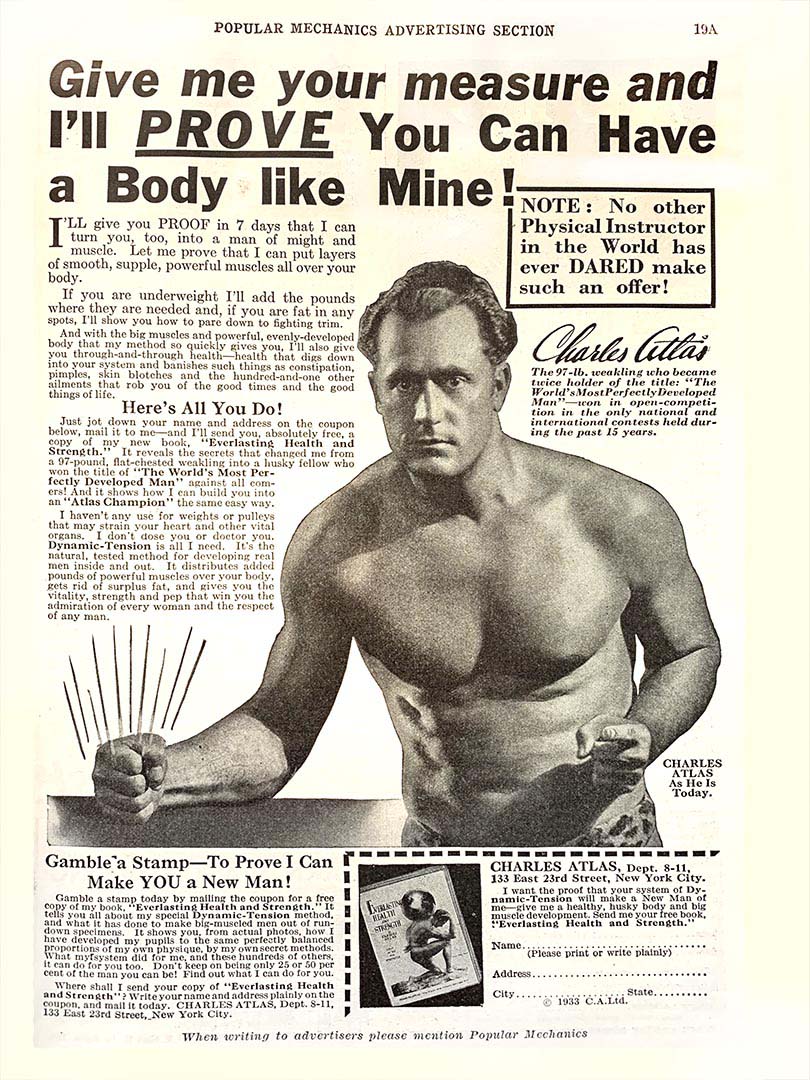
Charles Atlas
was a professional bodybuilder from Acri Italy. The manual made on him is “Health & Strength by Charles Atlas” training manual. He provided a uniqueprogram that changed the world of fitness at that time. He also creator of “Dynamic Tension” workouts that were added in his manual. It’s became very popular and sold thousands of copies.
1970 - 1990
In the 1970s, bodybuilding had major publicity thanks to the appearance of Arnold Schwarzenegger, Franco Columbu, Lou Ferrigno, and others in the 1977 docudrama Pumping Iron. By this time, the IFBB dominated the competitive bodybuilding landscape and the Amateur Athletic Union (AAU) took a back seat. The National Physique Committee (NPC) was formed in 1981 by Jim Manion, who had just stepped down as chairman of the AAU Physique Committee. The NPC has gone on to become the most successful bodybuilding organization in the United States and is the amateur division of the IFBB. The late 1980s and early 1990s saw the decline of AAU-sponsored bodybuilding contests. In 1999, the AAU voted to discontinue its bodybuilding events.
WORLD BODY BUILDING FEDERATION (WWF)
In 1990, professional wrestling promoter Vince McMahon attempted to form his own bodybuilding organization known as the World Bodybuilding Federation (WBF). It operated as a sister to the World Wrestling Federation (WWF, now WWE), which provided cross-promotion via its performers and personalities. Tom Platz served as the WBF's director of talent development, and announced the new organization during an ambush of that year's Mr. Olympia (which, unbeknownst to organizers, McMahon and Platz had attended as representatives of an accompanying magazine, Bodybuilding Lifestyles). It touted efforts to bring bigger prize money and more "dramatic" events to the sport of bodybuilding—which resulted in its championships being held as pay-per-view events with WWF-inspired sports entertainment features and showmanship. The organization signed high-valued contracts with a number of IFBB regulars.
The IFBB's inaugural championship in June 1991 (won by Gary Strydom) received mixed reviews. The WBF would be indirectly impacted by a steroid scandal involving the WWF, prompting the organization to impose a drug testing policy prior to the 1992 championship. The drug testing policy hampered the quality of the 1992 championship, while attempts to increase interest by hiring WCW wrestler Lex Luger as a figurehead (hosting a WBF television program on USA Network, and planning to make a guest pose during the 1992 championship before being injured in a motorcycle accident) and attempting to sign Lou Ferrigno (who left the organization shortly after the drug testing policy was announced) did not come to fruition,. The second PPV received a miniscule audience, and the WBF dissolved only one month later in July 1992.
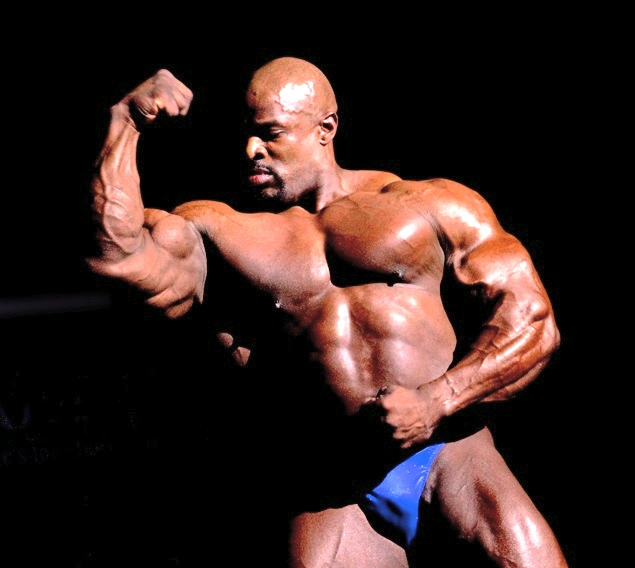
2000s
In 2003, Joe Weider sold Weider Publications to American Media, Inc. (AMI). The position of president of the IFBB was filled by Rafael Santonja following the death of Ben Weider in October 2008. In 2004, contest promoter Wayne DeMilia broke ranks with the IFBB and AMI took over the promotion of the Mr. Olympia contest: in 2017 AMI took the contest outright.
In the early 21st century, patterns of consumption and recreation similar to those of the United States became more widespread in Europe and especially in Eastern Europe following the collapse of the Soviet Union. This resulted in the emergence of whole new populations of bodybuilders from former Eastern Bloc states.
Olympic sport discussion
In the early 2000s, the IFBB was attempting to make bodybuilding an Olympic sport. It obtained full IOC membership in 2000 and was attempting to get approved as a demonstration event at the Olympics, which would hopefully lead to it being added as a full contest. This did not happen and Olympic recognition for bodybuilding remains controversial since many argue that bodybuilding is not a sport.
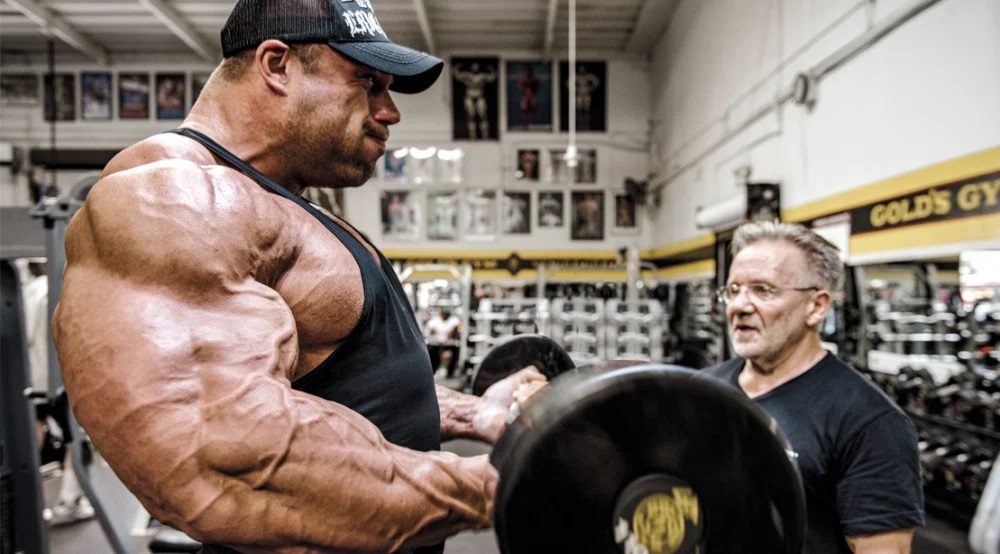
COMPETITION
In competitive bodybuilding, bodybuilders aspire to present an aesthetically pleasing body on stage. In prejudging, competitors do a series of mandatory poses: the front lat spread, rear lat spread, front double biceps, back double biceps, side chest, side triceps, Most Muscular (men only), abdominals and thighs. Each competitor also performs a personal choreographed routine to display their physique. A posedown is usually held at the end of a posing round, while judges are finishing their scoring. Bodybuilders usually spend a lot of time practising their posing in front of mirrors or under the guidance of their coach.
In contrast to strongman or powerlifting competitions, where physical strength is paramount, or to Olympic weightlifting, where the main point is equally split between strength and technique, bodybuilding competitions typically emphasize condition, size, and symmetry. Different organizations emphasize particular aspects of competition, and sometimes have different categories in which to compete.
WEIGHT TRAINING
Intensive weight training causes micro-tears to the muscles being trained; this is generally known as microtrauma. These micro-tears in the muscle contribute to the soreness felt after exercise, called delayed onset muscle soreness (DOMS). It is the repair of these micro-traumas that results in muscle growth. Normally, this soreness becomes most apparent a day or two after a workout. However, as muscles become adapted to the exercises, soreness tends to decrease.
Weight training aims to build muscle by prompting two different types of hypertrophy: sarcoplasmic and myofibrillar. Sarcoplasmic hypertrophy leads to larger muscles and so is favored by bodybuilders more than myofibrillar hypertrophy, which builds athletic strength. Sarcoplasmic hypertrophy is triggered by increasing repetitions, whereas myofibrillar hypertrophy is triggered by lifting heavier weight. In either case, there is an increase in both size and strength of the muscles (compared to what happens if that same individual does not lift weights at all), however, the emphasis is different.
Many trainees like to cycle between the two methods in order to prevent the body from adapting (maintaining a progressive overload), possibly emphasizing whichever method more suits their goals; typically, a bodybuilder will aim at sarcoplasmic hypertrophy most of the time but may change to a myofibrillar hypertrophy kind of training temporarily in order to move past a plateau.
REST
Although muscle stimulation occurs when lifting weights, muscle growth occurs afterward during rest periods. Without adequate rest (48 to 72 hours) and sleep (6 to 8 hours), muscles do not have an opportunity to recover and grow. Additionally, many athletes find that a daytime nap further increases their body's ability to recover from training and build muscles. Some bodybuilders add a massage at the end of each workout to their routine as a method of recovering.
OVERTRAINING
Overtraining occurs when a bodybuilder has trained to the point where their workload exceeds their recovery capacity. There are many reasons why overtraining occurs, including lack of adequate nutrition, lack of recovery time between workouts, insufficient sleep, and training at a high intensity for too long (a lack of splitting apart workouts). Training at a high intensity too frequently also stimulates the central nervous system (CNS) and can result in a hyperadrenergic state that interferes with sleep patterns.
To avoid overtraining, intense frequent training must be met with at least an equal amount of purposeful recovery. Timely provision of carbohydrates, proteins, and various micronutrients such as vitamins, minerals, phytochemicals, even nutritional supplements are critical. A mental disorder, informally called bigorexia (by analogy with anorexia), may account for overtraining in some individuals. Sufferers feel as if they are never big enough or muscular enough, which forces them to overtrain in order to try to reach their goal physique.
An article by Muscle & Fitness magazine, "Overtrain for Big Gains", claimed that overtraining for a brief period can be beneficial. Overtraining can be used advantageously, as when a bodybuilder is purposely overtrained for a brief period of time to super compensate during a regeneration phase. These are known as "shock micro-cycles" and were a key training technique used by Soviet athletes.
